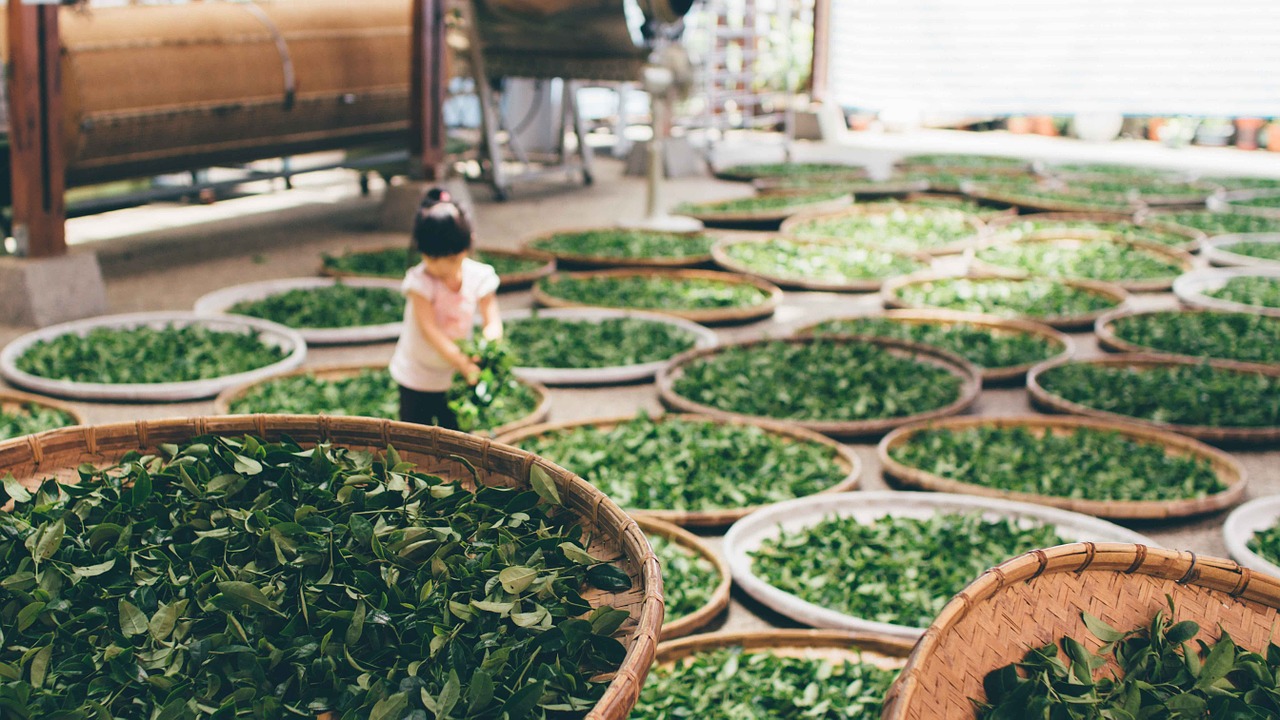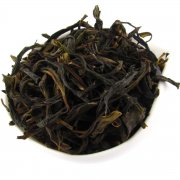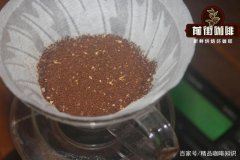Why is the production process of Chaoshan Phoenix Dancong oolong tea called duck shit fragrance?
The main step in the production of oolong tea is to scratch the leaves of oolong tea, so that the cellular structure around the edge of the leaves is gradually slightly broken, so that the enzymes come into contact with other components of the leaves, making them into unique flavor and aromatic substances. This is an oxidation initiated by enzymes and is widely known as "fermentation". We will follow the practice of using terms on this website to avoid confusion. Therefore, oolong tea is defined as a kind of partially fermented tea.
A complicated process
In different regions and styles, the main steps of oolong tea production are the same in principle (this is a unique process):
Selective picking (green green)
Sunlight withering (sunbathing)
Styling (drying green)
Fermentation (green or shaken)
Roast (kill green)
Knead (knead)
Bake (bake green or bake)
Drying (baking)

Among these steps, a common key to quality is the immediacy of subsequent steps. This is especially important between picking and insolation. Tea leaves placed in baskets or bushels do not produce the clear taste of fine oolong tea. Immediately after picking, it should be placed evenly and thinly in the sun for 1-2 hours.
In each region, the execution of each step is different, so each step is significantly unique. This is further expanded by the use of a large number of varieties in each region. As the four major producing areas are geographically and culturally close, the interaction between them continues to lead to changes in craftsmanship, horticulture and management. Taiwan has brought a lot of positive effects over the past few decades, and with the strengthening of exchanges, I believe further progress will be made in this regard.
Important Notice :
前街咖啡 FrontStreet Coffee has moved to new addredd:
FrontStreet Coffee Address: 315,Donghua East Road,GuangZhou
Tel:020 38364473
- Prev

Which is the most expensive flavor of Phoenix Dancong tea? How to distinguish between true and false Phoenix daffodil Dancong oolong tea?
For those who want to take advantage of most consumers who don't have enough information, this can mean a huge opportunity. However, as an advocate of high-quality tea, this situation is worrying because it means long-term damage to the tea trade. First of all, there is no variety of table tea. There are several kinds of tea commonly used in Chinese restaurants. Secondly, table tea refers to
- Next

How to judge the grindability of hand-brewed coffee? The relationship between grindability and roasting degree of hand-brewed coffee.
The effect of grinding degree on coffee grinding is very important for coffee, good coffee depends on good grinding degree, and the size of coffee particles directly affects the efficiency of hot water for wet extraction of coffee. In theory, the more uniform the coffee particle value is, the more consistent the overall extraction efficiency is, and the better the coffee flavor is. The concentration and extraction rate decrease with the thickening of the grinding degree, and increase with the finer the grinding degree.
Related
- Beginners will see the "Coffee pull flower" guide!
- What is the difference between ice blog purified milk and ordinary milk coffee?
- Why is the Philippines the largest producer of crops in Liberia?
- For coffee extraction, should the fine powder be retained?
- How does extracted espresso fill pressed powder? How much strength does it take to press the powder?
- How to make jasmine cold extract coffee? Is the jasmine + latte good?
- Will this little toy really make the coffee taste better? How does Lily Drip affect coffee extraction?
- Will the action of slapping the filter cup also affect coffee extraction?
- What's the difference between powder-to-water ratio and powder-to-liquid ratio?
- What is the Ethiopian local species? What does it have to do with Heirloom native species?

